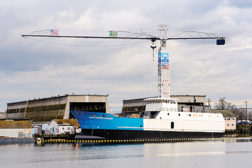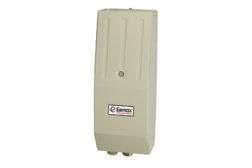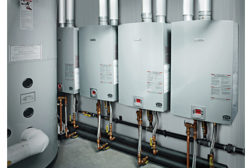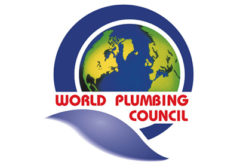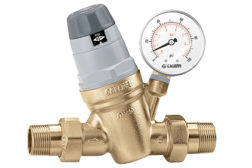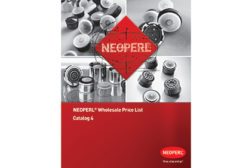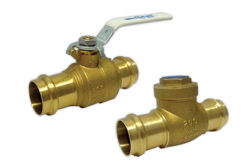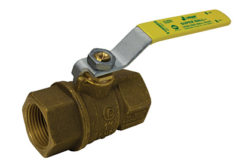Green Plumbing
Local food market, shipyard and airport achieve savings through pipe retrofits.
Read More
Commercial hand washing
Eemax’s AccuMix is the first-ever thermostatic temperature-controlled heater with a UPC 413.1 code-compliant mechanical integrated mixing valve.
May 31, 2013
Luxury apartment complex makes the switch to tankless water heaters
A New York makeover for The Caroline.
May 31, 2013
2013 World Plumbing Council Education and Training Scholarship
Deadline for applications is July 31, 2013.
May 22, 2013
Automatic filling valve
Caleffi’s 5350 Series AutoFill fast-fill/pressure-reducing valve maintains system pressure at a set value
April 25, 2013
Wholesale price list catalog
NEOPERL recently released its 2013 wholesale price list catalog 4.
April 25, 2013
No-lead product expansion
Milwaukee Valve adds two products to its expanding UltraPure no-lead product line.
April 25, 2013
Brass ball valve
Jomar’s new dezincification-resistant brass ball valve complies with the upcoming lead-free legislation.
April 25, 2013
Get our new eMagazine delivered to your inbox every month.
Stay in the know on the latest plumbing, piping, hydronic and fire protection trends.
SUBSCRIBE TODAYCopyright ©2024. All Rights Reserved BNP Media.
Design, CMS, Hosting & Web Development :: ePublishing
